| In vitro: |
| J Ethnopharmacol. 2016 Dec 24;194:146-152. | | Cytotoxic ethnic Yao medicine Baizuan, leaves of Schisandra viridis A. C. Smith.[Pubmed: 27620660 ] | The ethnic Chinese Yao medicine Baizuan, which are the leaves of Schisandra viridis A. C. Smith, is traditionally used, in combination with other herbs, to soften hard lumps and dispel nodes in the treatment of cancer, however, this property has not been well studied with a clear indication of the active principles.
METHODS AND RESULTS:
The experiments were carried out to investigate the cytotoxic activity of the extracts and to identify the active principles from the extract, which could support the traditional application of treating cancer.
Dried and ground plant material was extracted with water and ethanol and further purified by HPLC. The cytotoxicity of the extracts, fractions and pure compounds were evaluated for their abilities to inhibit the proliferation of breast cancer cells MCF7 and tongue cancer cells CAL27. The cytotoxicity of the pure compounds were also tested against Human Embryonic Kidney cell line HEK293.
Both aqueous and ethanol extracts showed activities against MCF7 and CAL27 cancer cells. Bioassay-guided fractionation and purification of the extracts resulted in six active principles, including five dibenzocyclooctene lignans namely gomisin H (1), schisandrin (2), Angeloylgomisin H (3), (+)-gomisin M2 (4) and (-)-rubschisandrin (5), and one triterpenoid, schisanol (6). Compounds 1-3 showed moderate cytotoxic activities with IC50 values ranging from 100 to 200µg/mL against MCF7 and CAL27 cell lines. Dioxane containing lignans 4-5 and triterpenoid 6 were 10 times more active with IC50 values of 14.5, 13.4, 10.6µg/mL against MCF7, and 21.2, 17.9, 11.7µg/mL against CAL27, respectively. Compounds 1-6 also showed cytotoxicity against HEK293 with IC50 values ranging from 10 to 150µg/mL, respectively.
CONCLUSIONS:
The traditional extraction protocol using boiled water afforded three moderately active lignans 1-3. Ethanol extraction, which is widely used in the preparation of herbal remedies in China, yielded three additional active compounds 4-5 with more potent activities. These results provided a rationale for the traditional application of the ethnic Yao medicine Baizuan in the treatment of cancer. | | Zhejiang Da Xue Xue Bao Yi Xue Ban. 2015 Mar;44(2):145-53. | | Screening of active compounds with myocardial protective effects from Tongmai Yangxin pill.[Pubmed: 26038132] | Based on cell model and HPLC-MS technology, to screen myocardial protection active compounds from traditional patent medicine Tongmai Yangxin pill (TMYXP).
METHODS AND RESULTS:
Fractions of TMYXP were prepared by high performance liquid preparation technology. The cardioprotective effects of prepared fractions were tested on H2O2 oxidation-damaged H9c2 myocardiocytes. The active components were analyzed by high performance liquid chromatography (HPLC) coupled with high resolution mass spectrometry. The possible active compounds were putatively identified by comparison of their MS ions and molecular weight with literatures. Ten TMYXP components presented significant myocardial protective activities, 5 of which were investigated and presented good dose-effect relationships. Their median effective concentrations (EC50) were respectively 11.66, 17.44, 13.10, 7.332, 15.15 μg/mL. Totally, 11 potential active compounds were analyzed and identified, including Glycyrrhizic acid, Glycycoumarin, Licoisoflavone, Ophiopogonin D', Licoricon, Gancaonin L, Neoglycyrol, Emodin, Angeloylgomisin H, Angeloylgomisin Q and Glyasperin A.
CONCLUSIONS:
The myocardial protection active compounds of TMYXP were screened successfully. |
|


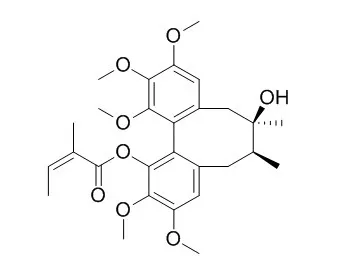

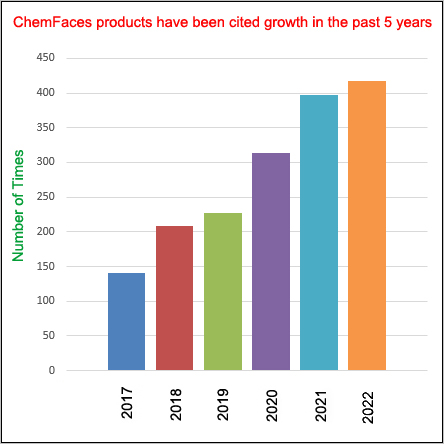
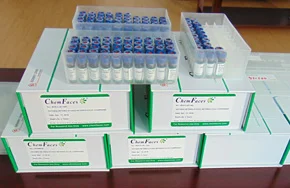
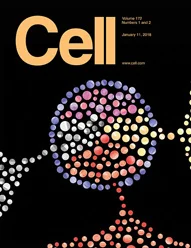 Cell. 2018 Jan 11;172(1-2):249-261.e12. doi: 10.1016/j.cell.2017.12.019.IF=36.216(2019)
Cell. 2018 Jan 11;172(1-2):249-261.e12. doi: 10.1016/j.cell.2017.12.019.IF=36.216(2019)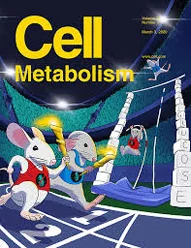 Cell Metab. 2020 Mar 3;31(3):534-548.e5. doi: 10.1016/j.cmet.2020.01.002.IF=22.415(2019)
Cell Metab. 2020 Mar 3;31(3):534-548.e5. doi: 10.1016/j.cmet.2020.01.002.IF=22.415(2019)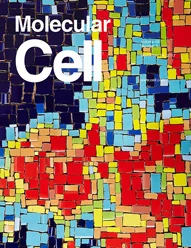 Mol Cell. 2017 Nov 16;68(4):673-685.e6. doi: 10.1016/j.molcel.2017.10.022.IF=14.548(2019)
Mol Cell. 2017 Nov 16;68(4):673-685.e6. doi: 10.1016/j.molcel.2017.10.022.IF=14.548(2019)